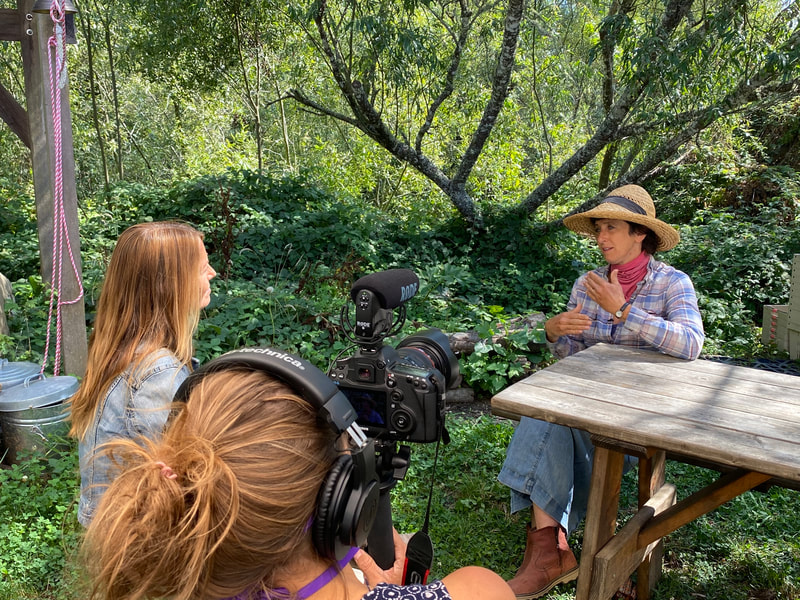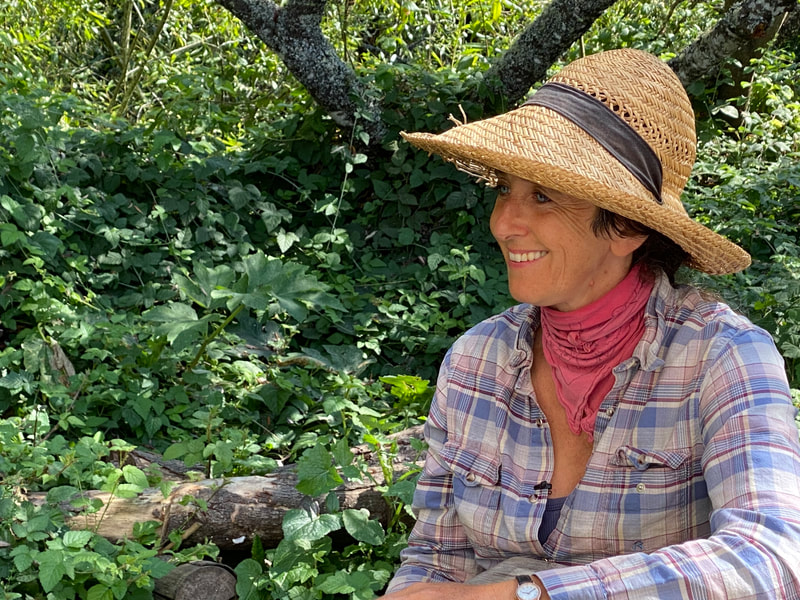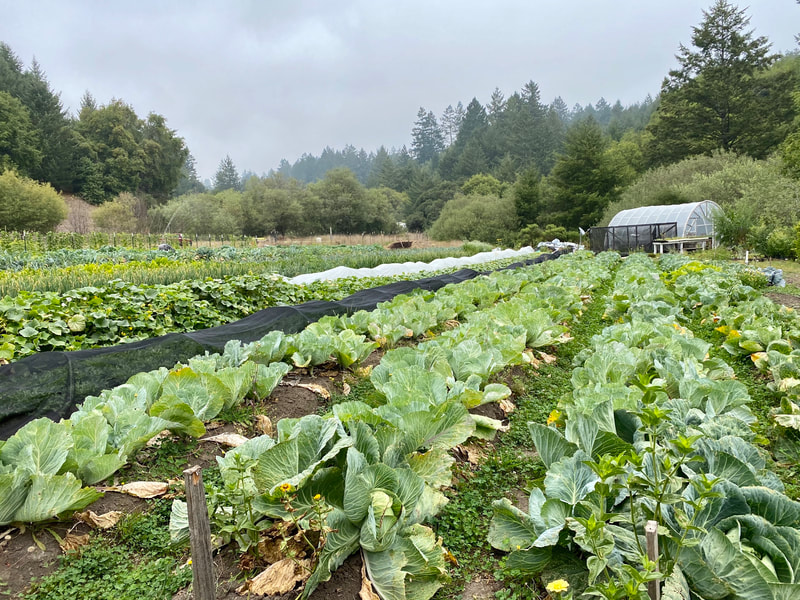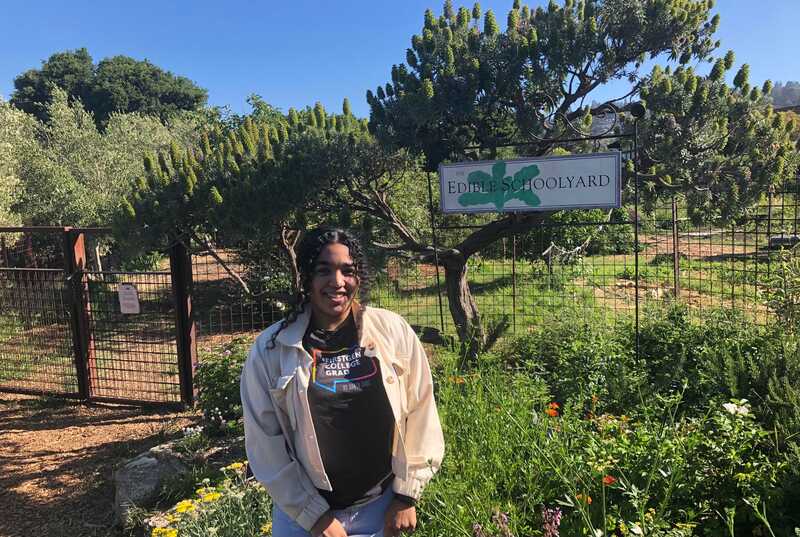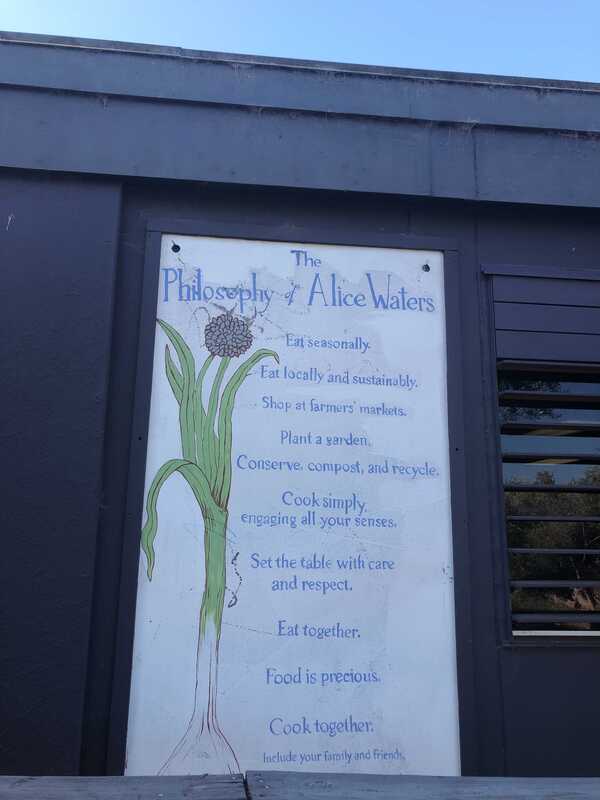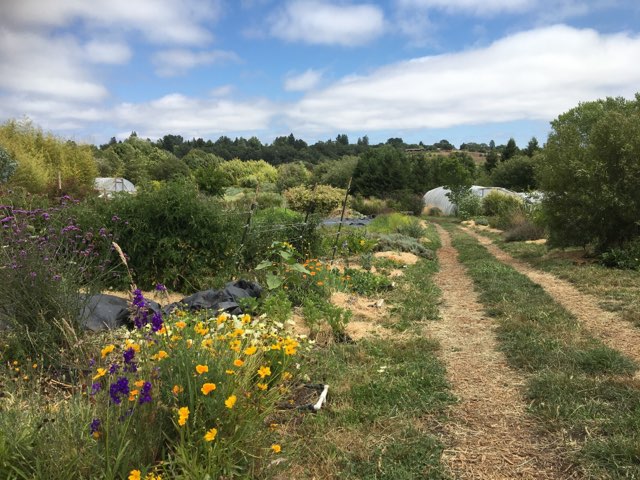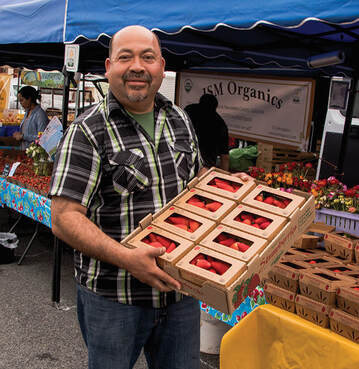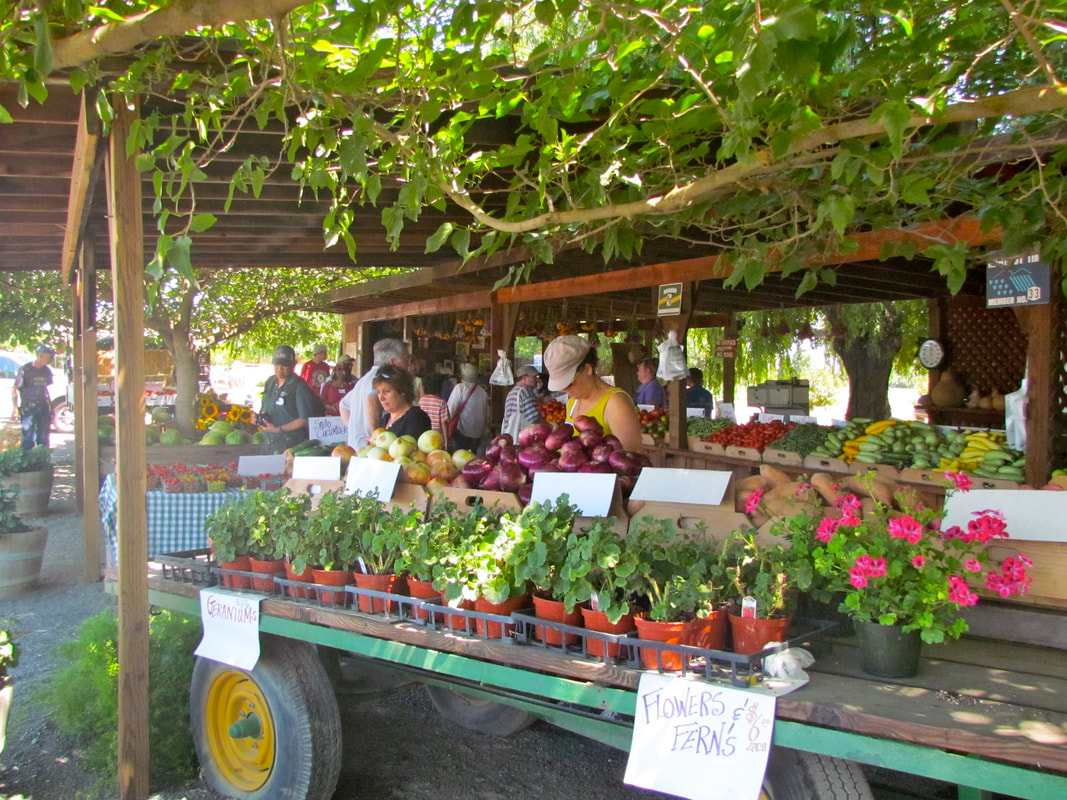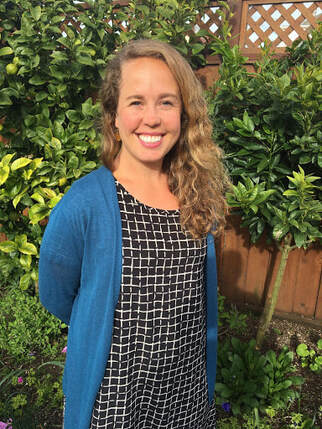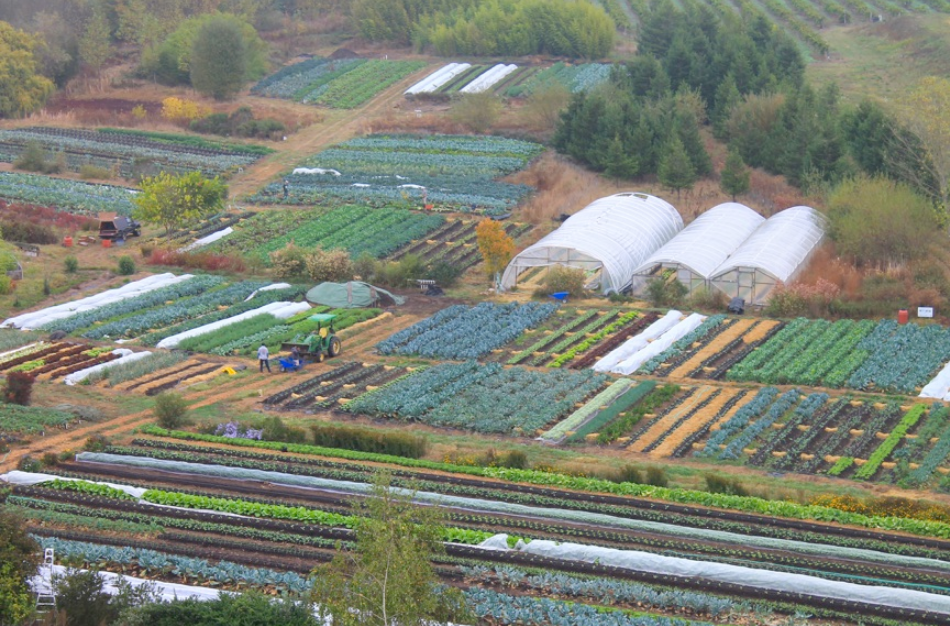|
By Marissa LaMagna, Kelly Wang, and Patricia Hunting
To celebrate Indigenous Heritage Month, we'd like to share some calls to action and resources to support indigenous communities and learn more about the issues they face. Here are 9 actions you can take to support indigenous communities, as well as recommended books and videos to learn more.
Recommended books Indigenous Peoples' Day reading list from Heyday books An Indian Among Los Indígenas: A Native Travel Memoir Enough for All Ishi in Two Worlds: A Biography of the Last Wild Indian in North America Videos 6 Stories Celebrating Native American History and Culture California-centric How This Native American Elder Reclaimed Sacred Land in the Bay Area| KQED Truly CA ISHI / THE LAST OF HIS BAND OF YAHI INDIANS History of Native California Native Americans : We Shall Remain | LoVina Louie | TEDxCoeurdalene In the Land of my Ancestors Wild and Feral Edibles (with John Farais) At BAGT this month, we collaborated with Indian Canyon in Hollister, CA, chef John Farais of Indigenous Edibles and Visit.org to produce our Virtual Team Building programs. . Virtual Team Building provides online, interactive experiences with the mission of engaging, educating, and empowering people all over the world on sustainability issues. Do you know of an organization that is working remotely and could benefit from a mission-driven team-building experience? If so, please check us out and help spread the word about Virtual Team Building with BAGT! By Patricia Hunting
Willow Summer of Three Springs Community Farm and Anne Freiwald of Vital Cycles Permaculture kept the audience enrapt with their lively conversation in our latest Solutionaries Speak event, “Biodynamics: Beyond Organics.” They took a lofty subject and brought it down to earth — pun intended! Willow opened with a quote by the father of biodynamic principles, Rudolph Steiner, a German farmer: “Seek the truly practical material life, but seek it in such a way that it does not numb you to the spirit that works within it. Seek the spirit but not out of spiritual lust or spiritual egoism. Seek it rather because you wish to become selfless in the practical life of the material world. Turn to the ancient principle: spirit never without matter, matter never without spirit. And say to yourselves, we will do everything material in the light of the spirit. And we will seek the light of the spirit in such a way that it enkindles warmth within us for our practical deeds.” By Monicah Ison
The Edible Schoolyard is an environmental education program offered as part of the curriculum for students at Martin Luther King Jr. (MLK) middle school in Berkeley, California. It is designed to educate students about ecology and, more specifically, food systems, through hands-on experiences with gardening and cooking. As a Martin Luther King Jr. middle school alumna, I can now see how the Edible Schoolyard played an essential role in my environmental education.
www.youtube.com/watch?v=1UM3LAEPgzI
By Jessica Burnette-Lemon Food insecurity is a huge problem for many people in the Bay Area, even in an agricultural hub like Northern California. But that doesn’t mean we aren’t producing enough food. What’s even more mind-boggling is that roughly 30-40% of the food we grow goes to waste, uneaten. By Brienne Wong
Want to have nutrient-dense food and improve the ecosystem, all from the comfort of your home? Try regenerative farming! According to Regenerative International, regenerative farming “reverses climate change by rebuilding soil organic matter and restoring biodiversity in the soil.... It uses the power of photosynthesis to close the carbon cycle and improve soil health, crop resilience and nutrient density.” But what does that mean in practice? Paul and Elizabeth Kaiser, owners of Singing Frog Farms, use a regenerative farming model to increase the resilience of the soil to create more nutrient-dense food. The regenerative farming model focuses on soil health, which consists of: By Brienne Wong
In our latest Soluntaries Speak event, Central Coast farmer Javier Zamora from JSM Organics spoke with Anne Freiwald of Vital Cycles about his experience growing organic strawberries and mentoring the next generation of organic farmers. Javier got his start growing vegetables in Mexico with his family, and later established JSM Organics in 2017 in Royal Oaks, California. When he started his farm, he created a model that focused on accessibility and sustainability, after seeing the challenges of being a small farmer competing with big corporations. People are very receptive to his model because they are interested in knowing where their food comes from, and his farm allows people to see how the strawberries and flowers are grown. MAKE EVERYDAY EARTH DAY
This year’s Earth Day is on Thursday April 22, and it takes on a new significance after we experienced wildfires, extreme heat, and hurricanes in 2020. Incorporating one new activity that becomes a habit can make a lasting impact on the environment. Here are 20 activities you can do to celebrate Earth Day and everyday: 1. Calculate Your Carbon Footprint Calculating your carbon footprint will help you understand how much greenhouse gas you are producing and start to identify ways to reduce it to combat the climate crisis. Knowing your carbon footprint gives you a baseline to create a goal to take action. Here is a helpful carbon foot calculator.  The summer of 2020 was a season most Californians would like to forget. Wildfires raged throughout the state, smoke blocked out the sun and made the simple act of breathing hazardous. But in BAGT’s latest Solutionaries Speak interview, regenerative rancher Doniga Markegard said the experience shouldn’t be something we block out. “We need to remember [the fires] and put ourselves back there on a regular basis and remember how we felt...we couldn’t breathe the air...and take action to get into the right relationship with the land,” she shared in conversation with Anne Freiwald of Vital Cycles: Creating Personal & Planetary Resilience. DUNCAN DOUGHNUTS
By Patricia Hunting and Mike Cain
Buzzwords in the environmental world keep evolving. Here is our list of top 10 sustainability terms you need to know. 10) Sustainability. At first, everything and anything related to the environment was “green.” Like most terms that go mainstream, it became overused. “Green” has now become “sustainable.” Sustainable systems seek to maintain and to not take away. However, we have discovered that sustainability is no longer enough—we need a more deliberate approach to combating climate change—now an ever-present force. We need to regenerate! Regeneration is the current way to describe how to not lose ground, better yet, how to revitalize and restore what is most needed in the fast-paced environmental movement. |
Donate |Our Mission |Volunteer | Newsletter Signup | Contact Us | Un 17 Sustainable Development Goals | Privacy Policy
Since 2008 © Bay Area Green Tours 501(c)3 All rights reserved.
CST # 205 3683-50
CST # 205 3683-50

